What Is the Difference Between Barding and Larding?
Barding and larding are two classic culinary techniques used to enhance the flavor and moisture of meat, especially when cooking lean cuts. Though they share a common goal—keeping meat tender and juicy—their methods differ significantly.
Barding involves wrapping the meat, typically lean cuts like poultry or game, in a layer of fat, often bacon or thinly sliced pork fat. As the meat cooks, the fat slowly melts, keeping the exterior moist while adding richness to the flavor. This technique is beneficial when roasting or grilling, where meat can easily dry out.
On the other hand, larding involves inserting strips of fat, known as lardons, directly into the meat using a specialized tool called a larding needle. This method works from the inside out, infusing fat into leaner cuts of meat, such as beef or venison, making them more flavorful and succulent during cooking.
Understanding the difference between these two techniques allows you to elevate your cooking. Barding is an external solution for dryness, while larding targets the interior, ensuring every bite is rich and tender. Both methods offer creative ways to tackle the challenge of lean meats while enhancing texture and taste.
Barding Meats
Barding is a culinary technique used to help retain moisture and add flavor to lean cuts of meat during cooking. It involves wrapping the meat in a layer of fat, usually strips of bacon, pork fat, or suet, before cooking. The fat layer protects the meat from drying out, especially in high-heat cooking methods like roasting or grilling.
As the meat cooks, the fat slowly melts, keeping the exterior moist and adding richness to the overall flavor. Barding is particularly useful for cuts of poultry, game, or beef that lack natural fat. It’s a traditional method for preventing dryness in meats that can easily become tough when exposed to heat for extended periods.
Once the cooking process is complete, the fat layer is often removed before serving, as its primary role is to protect the meat during cooking, not to be eaten. Barding is an effective and simple technique for ensuring tender, flavorful results with lean meats. It allows cooks to enhance their dishes without altering the structure of the meat itself.
What cuts of meat are essential to bard?
Barding is typically used for lean cuts of meat prone to drying out during cooking, especially when roasted or grilled for an extended period. Some common cuts of meat that benefit from barding include:
- Lean cuts of beef: Cuts such as beef tenderloin or sirloin can benefit from barding, which keeps them moist and tender during cooking.
- Lean cuts of pork: Pork loin or pork tenderloin are often barded to prevent them from becoming dry while roasting.
- Poultry: Lean cuts of poultry, such as chicken breast or turkey breast, can also be barded to help retain moisture during cooking.
- Game meats: Due to their low-fat content, lean cuts of game meats like venison or wild boar may benefit from barding to prevent them from drying out.
By wrapping these lean cuts of meat with fat before cooking, barding helps to add moisture and flavor, resulting in a more tender and juicy final dish.
Larding Meats
Larding meat is similar to barding, but instead of wrapping the meat with thin slices of fat, larding involves inserting strips of fat directly into the meat using a special tool called a larding needle. The strips of fat are typically thicker than those used in barding. They are inserted into the meat to distribute fat evenly throughout, keeping it moist and adding flavor during cooking.
While both techniques serve the same purpose of adding moisture and flavor to lean cuts of meat, larding involves a more intricate process of inserting fat directly into the meat. In contrast, barding involves wrapping the meat with fat before cooking.
What Tool Is Used for Larding?
A larding needle is a tool used for larding meat. It’s a long, slender needle with a sharp point and a wide eye (opening) designed to thread strips of fat through lean cuts of meat. The needle allows for the insertion of fat evenly throughout the meat, ensuring it stays moist and flavorful during cooking.
What Fats Are Used in Larding?
The fat typically used for larding can vary depending on personal preference and regional culinary traditions. Common fats used for larding include:
- Pork fat, such as fatback or salt pork, is a traditional choice for larding meat due to its flavor and texture.
- Beef fat, often called suet, can also be used for larding. It has a slightly different flavor profile compared to pork fat and can complement beef dishes well.
- In some cuisines, particularly French cuisine, duck or goose fat may be used for larding, adding a rich and distinctive flavor to the meat.
- Thinly sliced bacon can also be used for larding, providing both flavor and moisture to the meat as it cooks.
The choice of fat can impact the flavor and texture of the final dish, so you may choose based on your personal preference or the specific recipe you’re following.
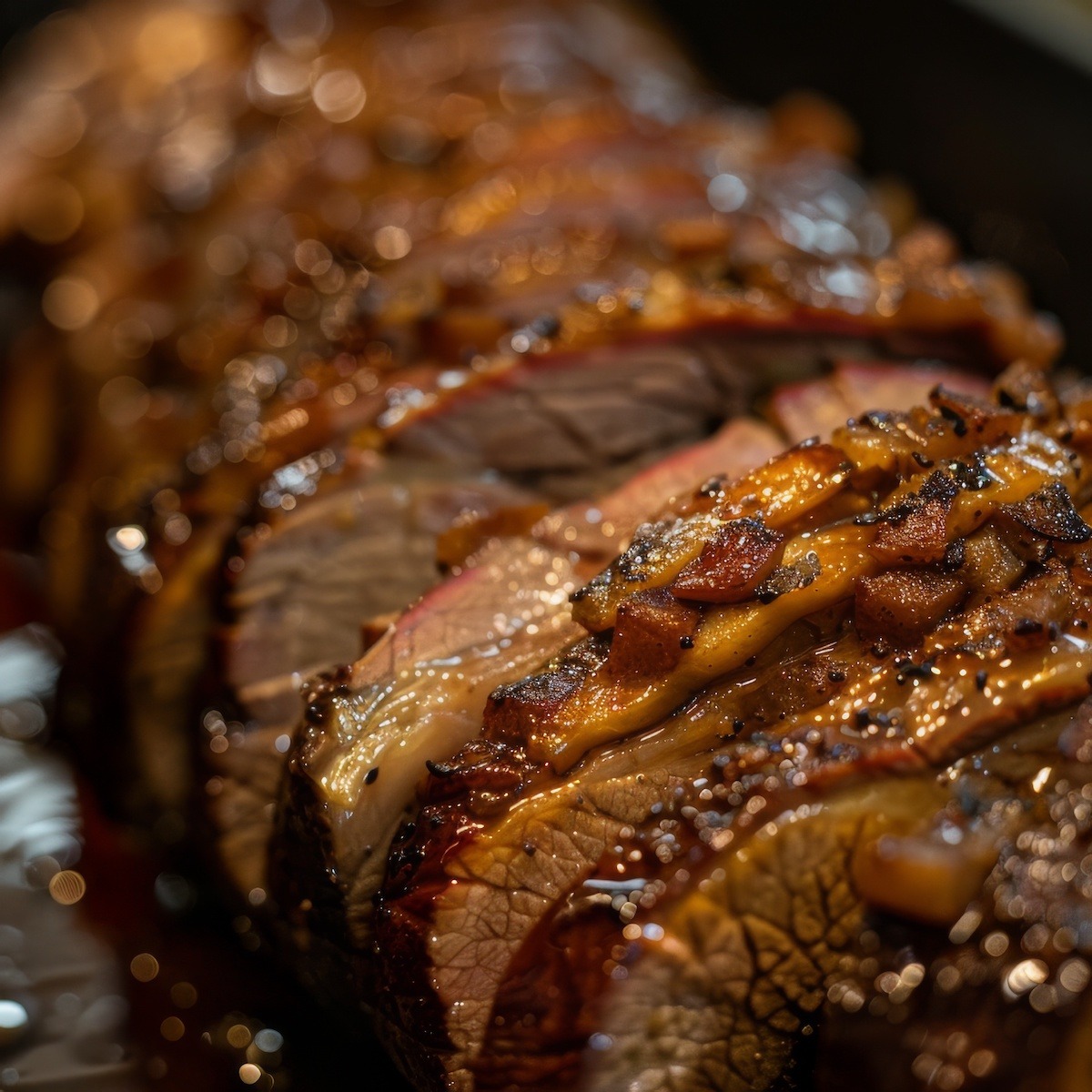
Can you Eat the Strips of Fat When the Meat Is Done Cooking?
Whether you eat the strips of fat inserted into the meat during larding depends on personal preference. Some people enjoy the flavor and texture of the fat strips, while others may choose to remove them before serving.
The fat strips can contribute to the overall flavor and juiciness of the meat as they melt and impart their richness during cooking. If you enjoy the flavor of the fat and how it enhances the meat, you can certainly choose to leave it in and enjoy it with the cooked meat.
Eye of Round
The eye of round beef cut is a lean and economical option derived from the cow’s round primal cut, located in the rear leg. Due to its location and lack of marbling, which means it has less fat interspersed throughout the muscle fibers, the eye of round is a relatively tough cut of meat. Despite its toughness, however, it can be transformed into a flavorful and tender dish with the proper cooking techniques.
This cut is typically cylindrical in shape and relatively uniform in size, making it easy to slice into steaks or roast whole. When preparing the eye of the round, it’s important to tenderize the meat before cooking to break down its tough fibers. Techniques such as pounding, marinating, or using a meat tenderizer can help to improve its texture and tenderness.
Because of its low-fat content, the eye of Round is best suited to slow-cooking methods such as braising, stewing, or pot roasting. These methods allow the meat to cook slowly in liquid, which helps to break down the tough fibers and infuse the meat with flavor. Alternatively, it can be thinly sliced against the grain and used for stir-fries or beef stroganoff.
While the eye of round may not be as tender or flavorful as other cuts of beef, its affordability and versatility make it a popular choice for budget-conscious cooks. With the proper preparation and cooking methods, the eye of round can yield delicious and satisfying meals that are perfect for any occasion.

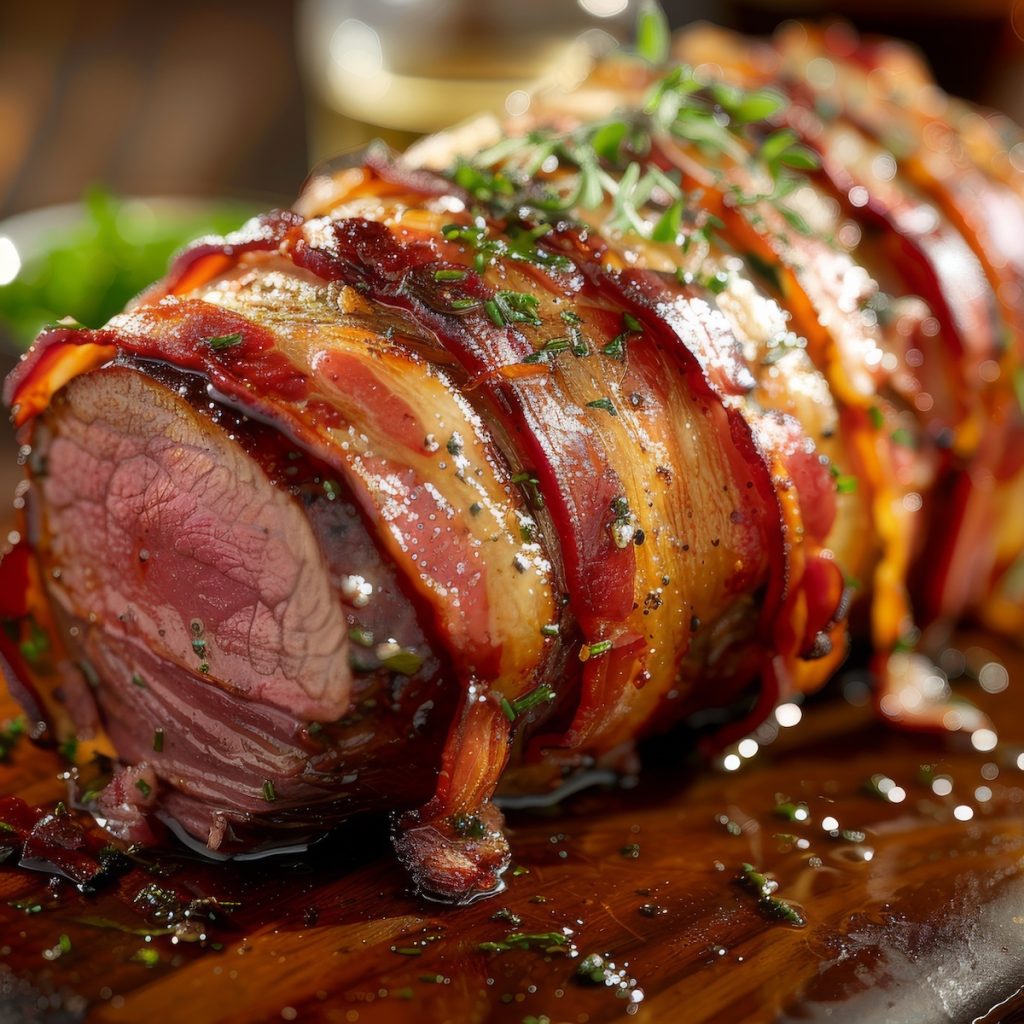
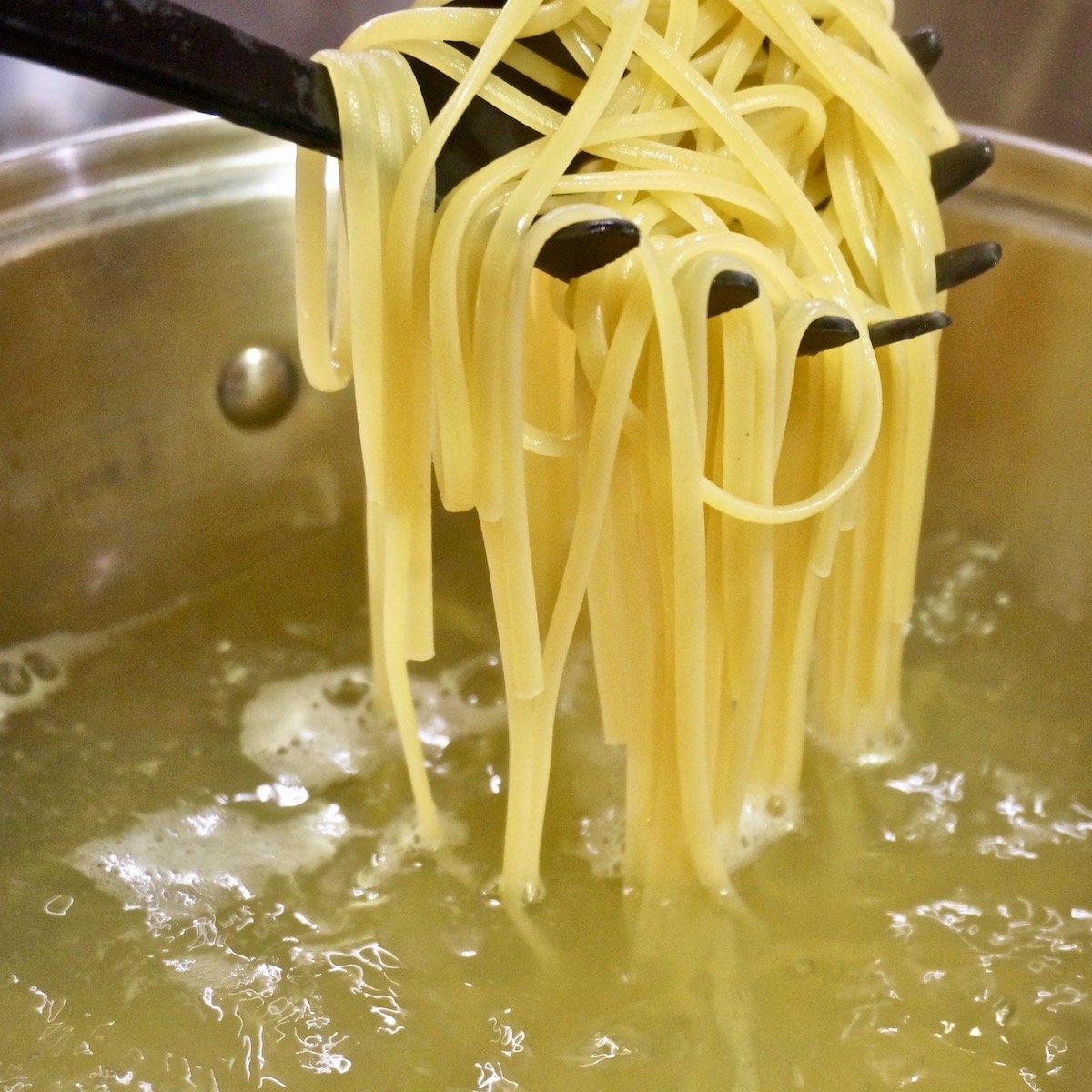
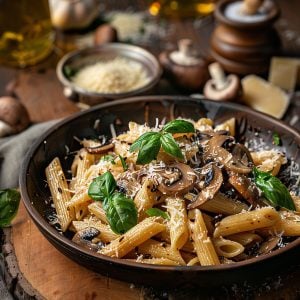


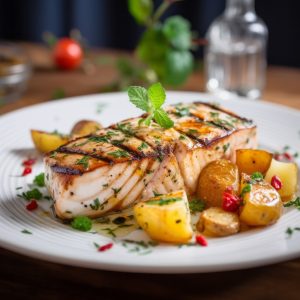
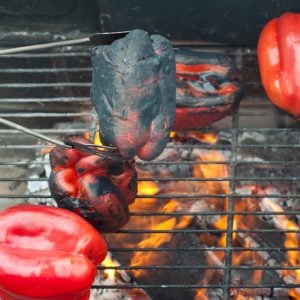
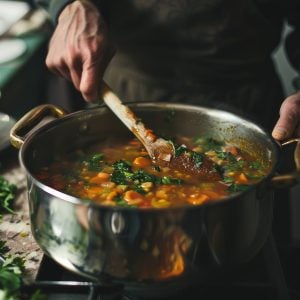
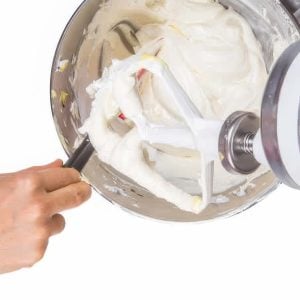
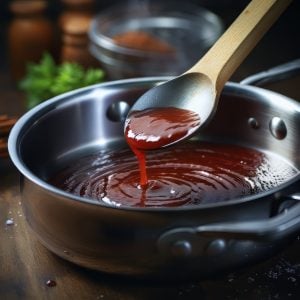
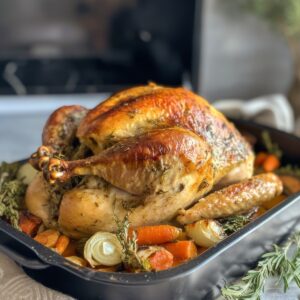
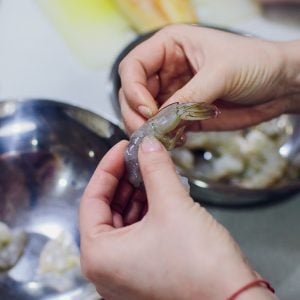
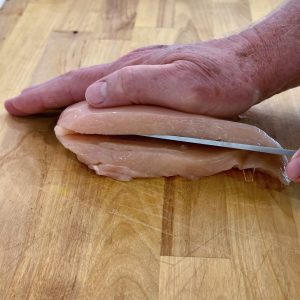


4 Responses
I had at one time a ‘larder’ with a wooden end that looked more like a door knob, round with a flat end to enable you to ‘push’ the lard into the section of meat. It was about 12″ long, with a thin opening going the length of the needle. I used it with seasoned frozen lard (frozen in an old ice-cube maker tray), pushed the larder carefully through the lard and inserted the needle. Near the handle, I inserted the back flat end of a table knife to hold the lard in the meat while I pulled the larder out of the cut of meat. I sometimes did this two or three times depending upon the size of the roast. It has been misplaced and I am searching for a replacement. Searching I find similar ones with elongated wooden/plastic handles. I’m not sure if this would work or not. I am totally unfamiliar with the larding ‘needles.’ Can you help me? Thanks in advance for your trouble and advice. Elsie
Hi, there are a feew larding needles on ebay.
Called our local butcher shop and asked if they carried barding fat. He actually did a google search on the term as he’d never heard of it. Wish we had Joe the butcher here. Oy.
Too funny Ruth.